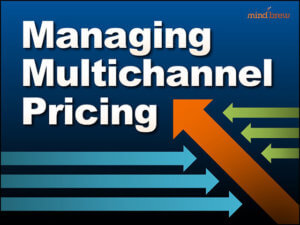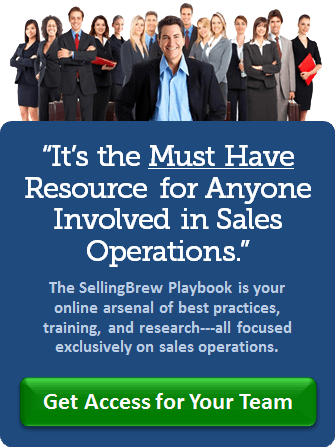In a couple of recent webinar sessions, I’ve highlighted a best practice that some sales operations teams don’t seem to be taking very seriously. In fact, my broadband connection is so robust that when I talk about this particular practice, I can almost hear a number of audience members’ eyes rolling. And my webinar tools are so powerful that I can almost read their thoughts:
“Ok Boomer…but that’s waaaaaay too old school and manual for us.”
Now for the record, I’m a proud member of Gen X, thank you very much. And the best practice I’m referring to is the practice of documenting your sales ops processes.
When it comes to documenting processes, far too many sales ops groups are either dragging their feet and putting it off, or dismissing this critical step altogether. In general, they seem to view process documentation as a sort of administrative deliverable that has negligible value in today’s high-tech environments.
But what these groups are failing to recognize is that it’s not really about the resulting documentation. The bulk of the value and benefit actually comes through the process of developing the documentation.
You see, the documentation process itself is a forcing function.
It forces a team to really think about the processes they’ll be employing, day in and day out. It forces them to ask tough questions about how certain things should be done, by whom, and why. It forces them to delineate between the essential process steps and the busy work or nice-to-haves.
And finally, it forces them identify and articulate the most effective and efficient sequence of events and actions necessary to deliver the desired outcome.
Of course, the resulting process documentation can certainly provide value in a number of different ways. It can be a great training aid for new employees. It can drive efficiency by minimizing the constant reinvention of the wheel. And it can provide a consistent baseline from which to test various improvements and tweaks over time.
But as valuable as the after-the-fact applications of the process documentation may be, they pale in comparison to the value of developing and executing a much more effective and efficient process in the first place. And done right, that’s the primary benefit of working through the documentation process.
Again, it’s not really about the documentation. It’s about the process of creating the documentation. That vetting process is where the most valuable insights and improvements will ultimately come from.
In fact, even if you never use the resulting documentation, the process of creating it can be a catalyst for significant improvement.
How’s that cliché go? Something like, “It’s not the destination, but the journey that matters most?” Yes, it’s like that.
And no, citing clichés is not a Boomer thing.













